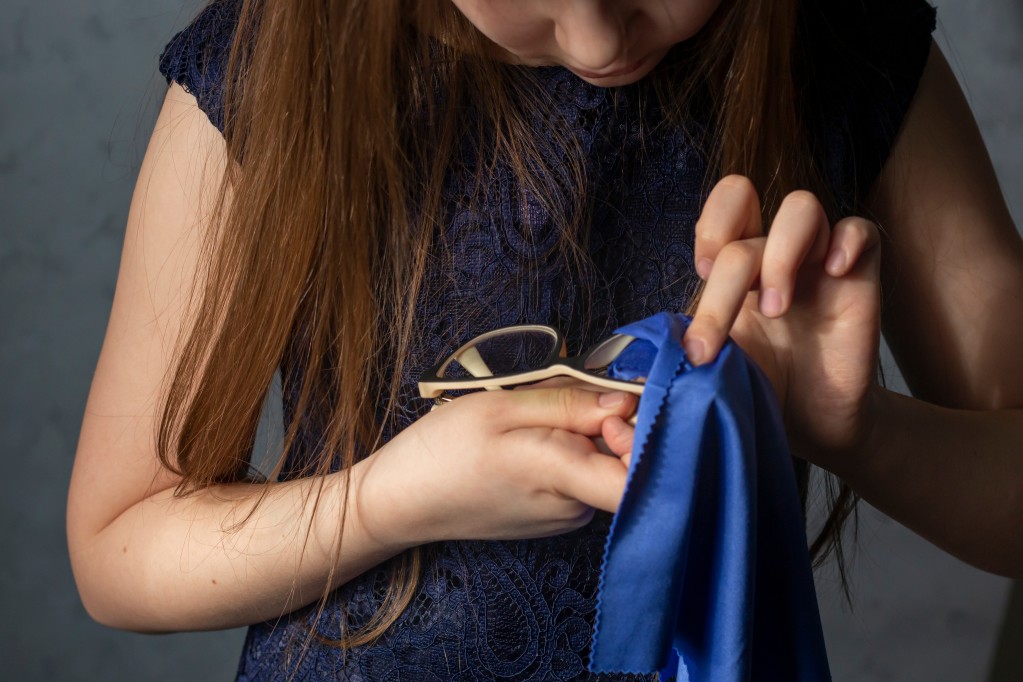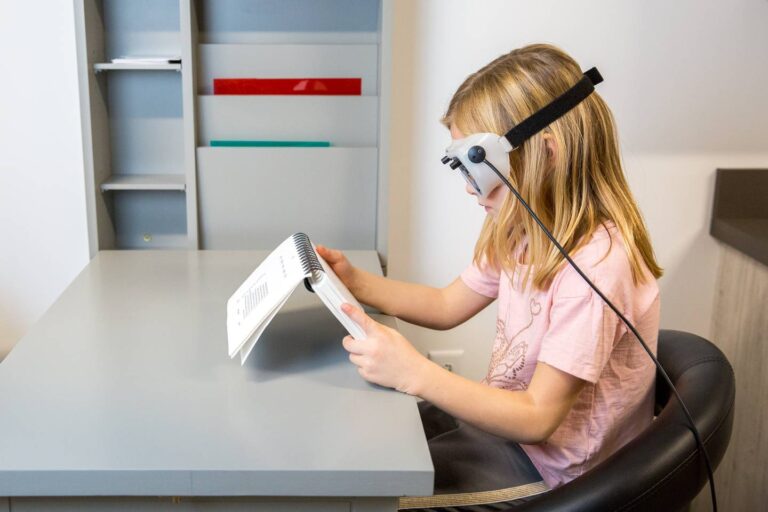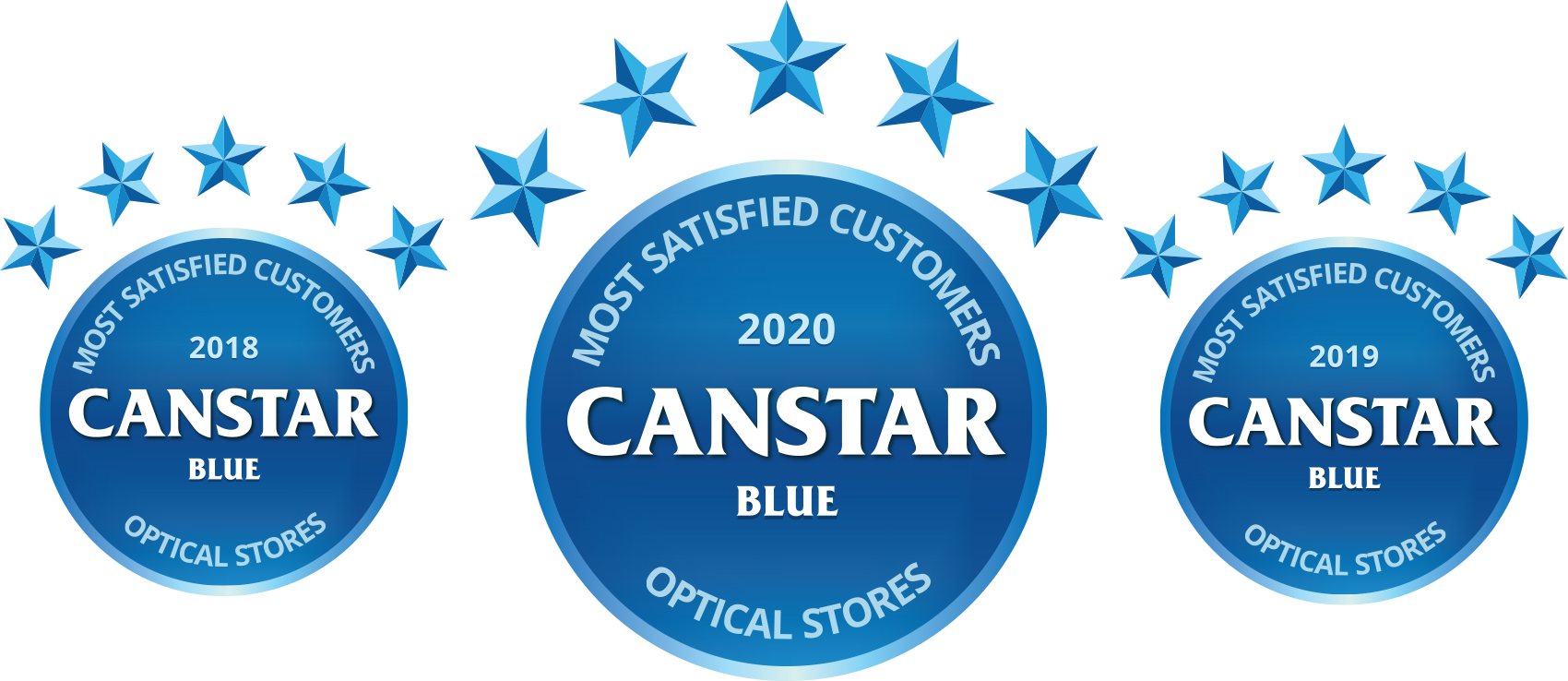One of the most significant advances in vision management has occurred over the last few years in the area of myopia ( shortsigdtedness ). In the past there was no way in which to slow down or prevent eye sight problems. The only management available was to wear glasses and wait for the day your sight would stop declining. In particular young children developing myopia would have to resign themselves to regular upgrades of their glasses prescription and waiting for their vision to stabilse. Some would then have to cope with high glasses prescriptions throughout their life.
The younger you are when you are diagnosed with myopia the higher your glasses prescription will end up and the weaker your vision. High levels of myopia can also result in increased chance of glaucoma and retinal damage with age. So it is vital to find myopia early and o take action to reduce its progression.
Over the last few years intense research into myopia has not only highlighted the significant negative impact it ha son children and adults, but has found new ways of in fact slowing down or even preventing myopia. This offers an amazing opportunity for children now and in the future to reduce the chance of high myopia and its associated problems .
What are the risk factors for myopia?
Studies over the last decade have also shown here is an increasing number of people world wide with myopia(shortsigtedness). Myopia is now starting at an earlier age ( as young as 4-6 years ) and therefore over years ending up at much higher prescriptions than ever before.
So it is crucial to attempt to prevent myopia and if not, to slow its progression at an early age as possible.
The risk factors for having myopia are:
- Family history- one or two parents with myopia
- Long periods of looking at close distances such as reading and using digital screens (computer, phones)
- Increased number of years of schooling ( ie close work )
- Low time spent outdoors
See the following link for a real life simulation of how myopia affects sight.
How can we attempt to reduce myopia naturally?
The main actions that you can take for your children to reduce myopia are:
1. Increase their time spent outdoors in natural sunlight. Studies very clearly show children who spend more than 30 minutes outdoors daily ( particularly during midday ) show lower levels of myopia and better vision.
Spending time outdoors results in your eyes experiencing increased strength of sunlight, experiencing the special of sunglight and viewing over long distances, and these all combine to slowing down the progression of myopia. Even increased exposure in the home to outside natural sunlight filtering through windows is helpful.
2. Reducing the number of hours your children spend looking at close distances. It is clear that the longer time children spend looking at close distance, the increased myopia develops. It is not helpful to reduce close work associated with learning activates, so it is recommended that children keep to a minimum the time they spend looking at digital screens when undertaking personal activates such as social media, video games etc.
What are the new options to slow down myopia?
We now have different methods, apart from glasses, to help slow down this myopia progression. These methods are:
- Ortho-K – specialised contact lenses that are worn overnight that help to physically flatten the cornea and slow down changes to the eye shape.
- Soft myopia contact lenses – special contact lenses with a multiple focal points that help relax the eye and slow down changes to prescription
- Progressive or bifocal glasses – the near portion of the glasses is weaker than the distance prescription to help relax the eyes more when reading.
Children that are at high risk of developing myopia and are suitable candidates can begin with new methods designed to attempt to prevent myopia from developing. If you think your child is at risk of becoming myopic, or is already wearing glasses for myopia, early intervention with myopia control is essential.
Our Myopia Control Program offers several treatment options to reduce progression and protect eye health in the future. These treatments are individualised for each child, depending on their various needs and age. These treatments include specialized contact lenses, glasses, and pharmaceutical treatments.
The cost of a myopia control program is dependent on the treatment option. Our optometrist will discuss the benefit of each option for your child, as well as the cost involved.
Contact us for more information.







